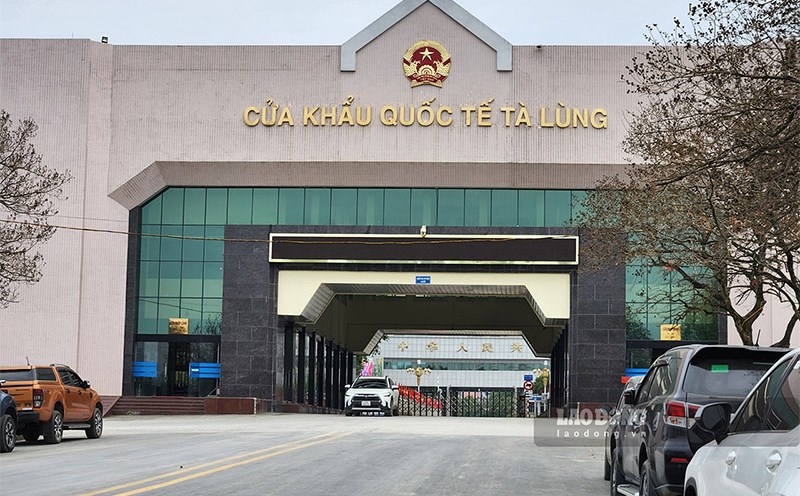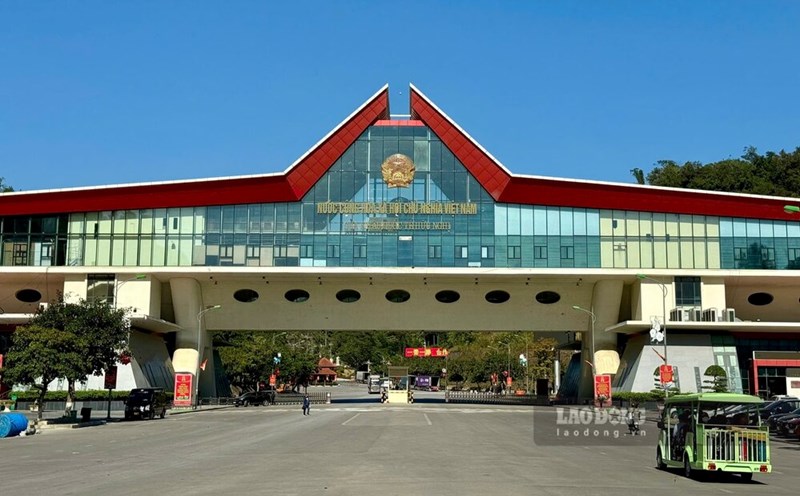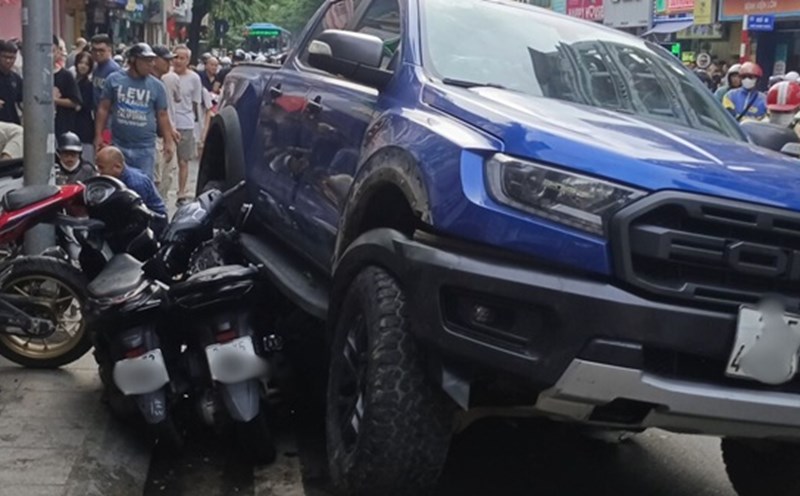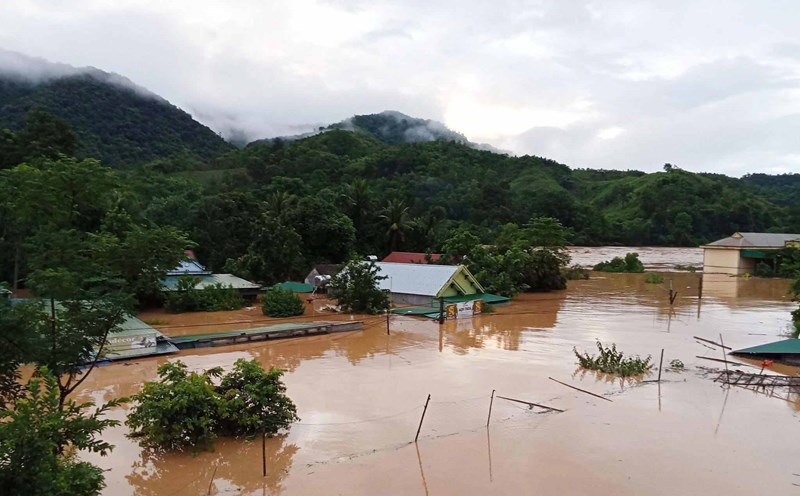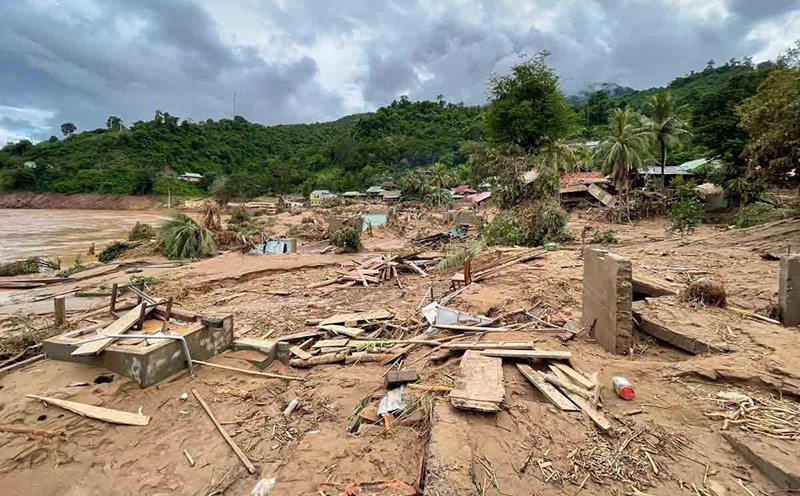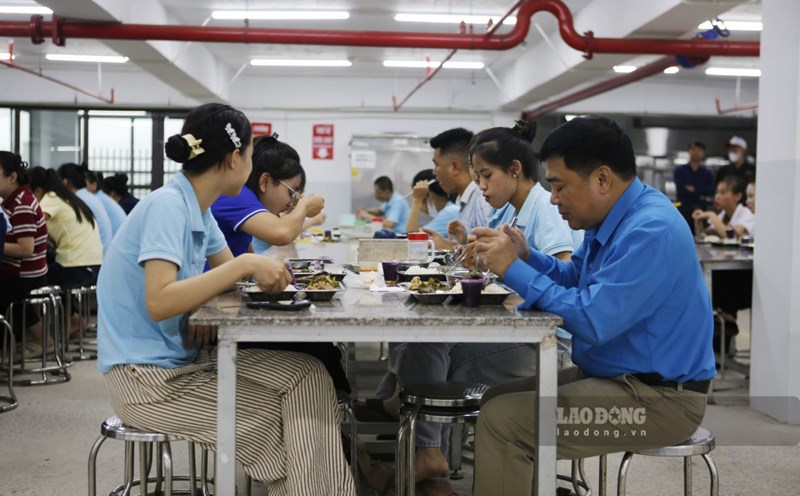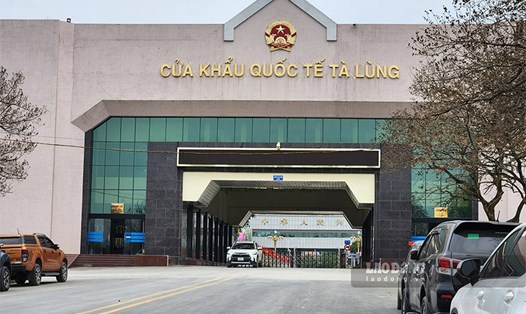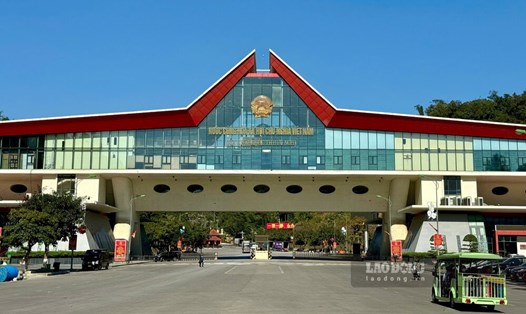On July 23, according to Lao Dong, Lai Chau Provincial People's Committee issued Decision 1941/QD-UBND on regulations for management according to the General Planning for the construction of Ma Lu Thang Border Gate Economic Zone until 2045, aiming to build this place into a dynamic, multi-sectoral, multi-sectoral trade center with a strategic position in defense and economic development in the Northwest region.
According to the plan, the Ma Lu Thang Border Gate Economic Zone (KKTCK) has a total area of over 26,600 hectares, including the communes of Ma Li Pho, Huoi Luong, Muong So and Phong Tho town (now Phong Tho commune after the merger). The planning divides the area into 5 main functional areas including:
Border economic zone, services and border gate urban area: Develop Ma Lu Thang International Border Gate according to the digital, smart border gate model, invest synchronously in control areas, logistics, trade, services, and urban residential areas of Ma Lu Thang oriented to become an international trade, logistics and tourism center.
Mixed service area, urban residents Phong Tho: As the administrative, commercial, and resort center of the region; associated with eco-tourism destinations such as Vang Bo hot spring.
Industrial, warehouse service areas, wharves: Concentrated in Muong So commune, forming a multi-industry industrial park, prioritizing the processing of agricultural, forestry products, minerals, rare earths, attracting export processing and production enterprises for export.
Eastern residential development area, tourism services: Exploit the potential of eco-tourism, resorts, adventure sports, community tourism associated with ethnic culture.
Eco-agricultural and forestry areas: Link rural development with national border protection, encourage farm models, export production, eco-tourism and OCOP programs.
By 2045, Ma Lu Thang Economic Zone is expected to have a population of 55,000 people, with about 36,000 workers.
The demand for land use to build functional areas is about 2,300-2,500 hectares. Organizing the development of Ma Lu Thang and Phong Tho urban areas into dynamic centers, sustainable development, associated with synchronous infrastructure systems, national architectural identity and natural landscapes.
In addition, detailed regulations on height, construction density, and technical and economic indicators were also issued to control development in harmony with nature and maintain national security and defense in border areas.
Ma Lu Thang International Airport is planned to become one of Vietnam's key border gates connecting with Southwest China, acting as a trade bridge between Vietnam and ASEAN and the Chinese market.
Smart border gate model, duty free zone, modern logistics will be invested to improve customs clearance capacity and attract FDI capital flows into the area.


